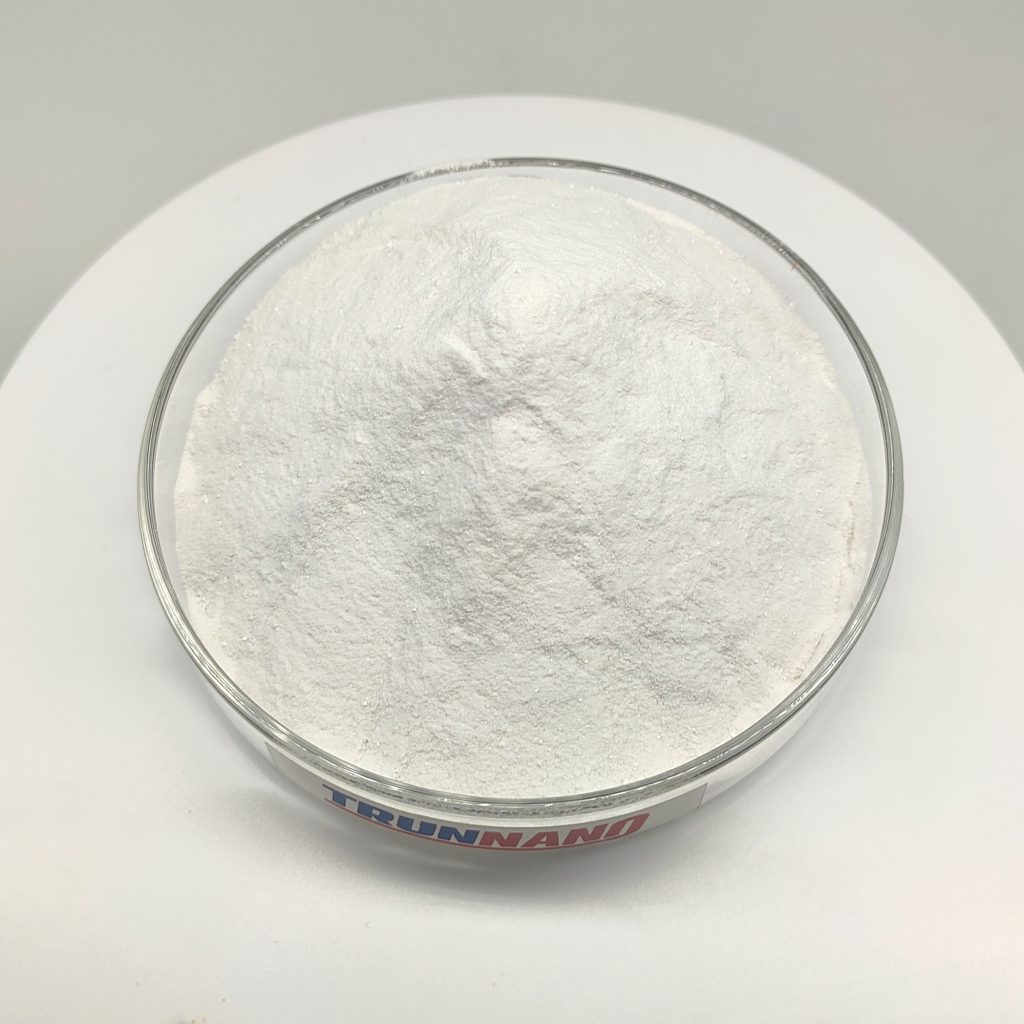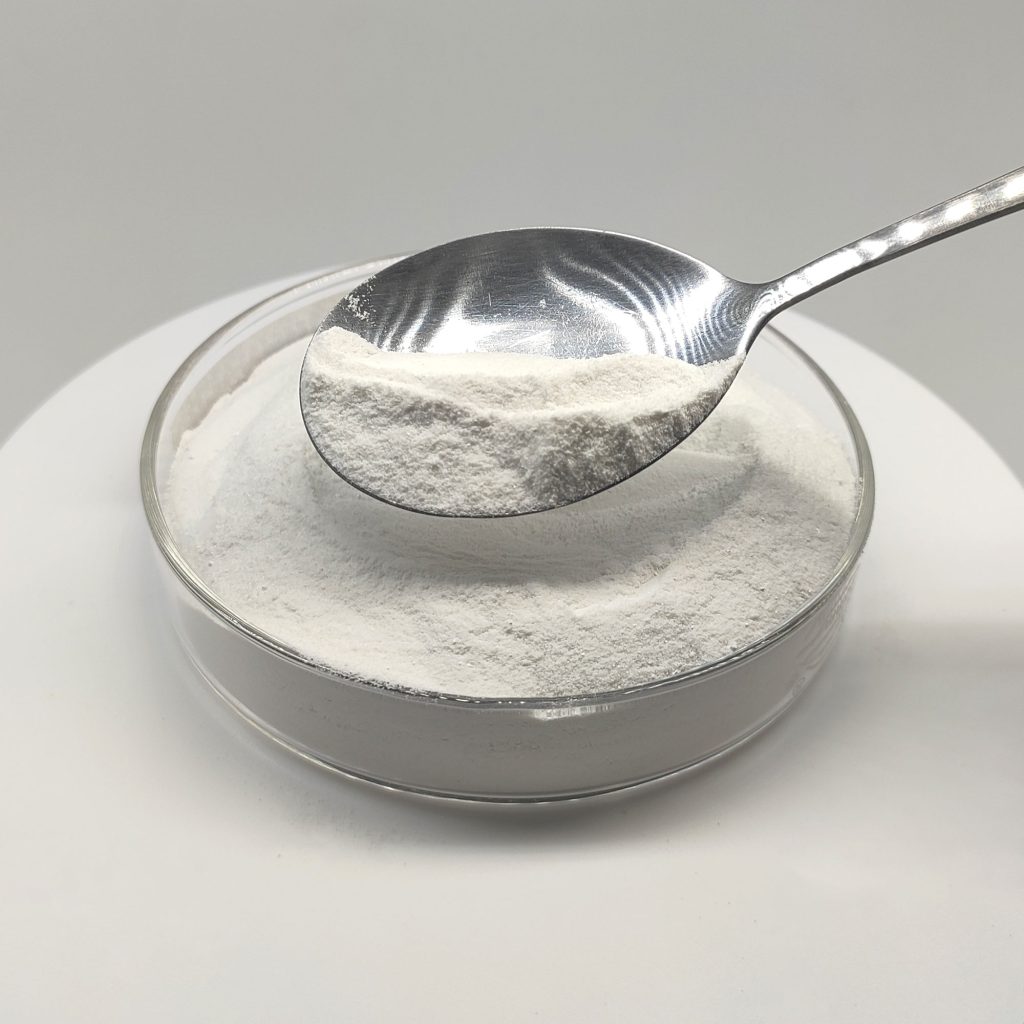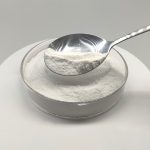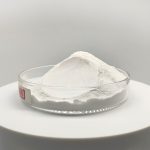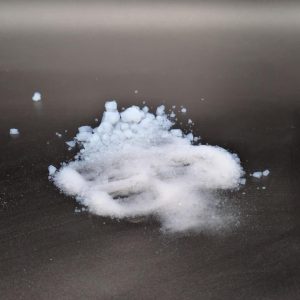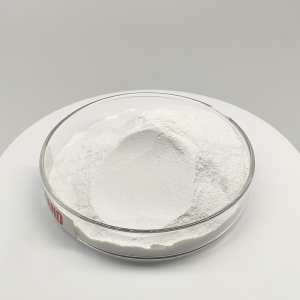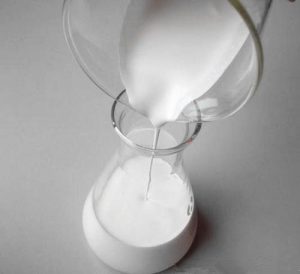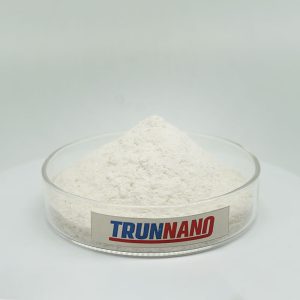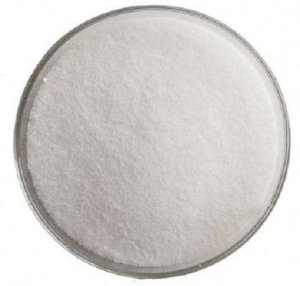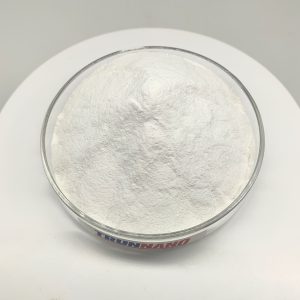Professional solutions on concrete addtives, Concrete Foaming Agent, Superplasticizer, CLC Blocks Additives, and foaming machine
PRODUCT PARAMETERS
Description
Overview of Hydroxyethyl Methyl Cellulose
Hydroxyethyl methyl cellulose (HEMC) is widely used in water-based emulsion coatings, building construction and building materials, printing inks, oil drilling, etc. It plays a role in thickening and water retention, improves workability, and is used in dry and wet mortar series products.
The role of hydroxyethyl methyl cellulose in cement mortar mainly includes the following aspects:
1. Increase the viscosity and adhesion of mortar: hydroxyethyl methyl cellulose can increase the viscosity and adhesion of cement mortar and make the mortar thicker, thus improving the crack resistance and impermeability of mortar.
2. Delay the hardening time of mortar: hydroxyethyl methyl cellulose in cement mortar can be used as a retarder to prolong the hardening time of mortar, which is favorable for construction operations.
3. Improve the construction performance of mortar: by increasing the hardening and application time, hydroxyethyl methyl cellulose can improve the performance of gypsum mortar and improve its compressive and twisting strength and spatial stability.
4. Improve the stability of mortar: hydroxyethyl methyl cellulose can improve the stability of mortar and reduce the phenomenon of water secretion, thus improving the overall performance of mortar.
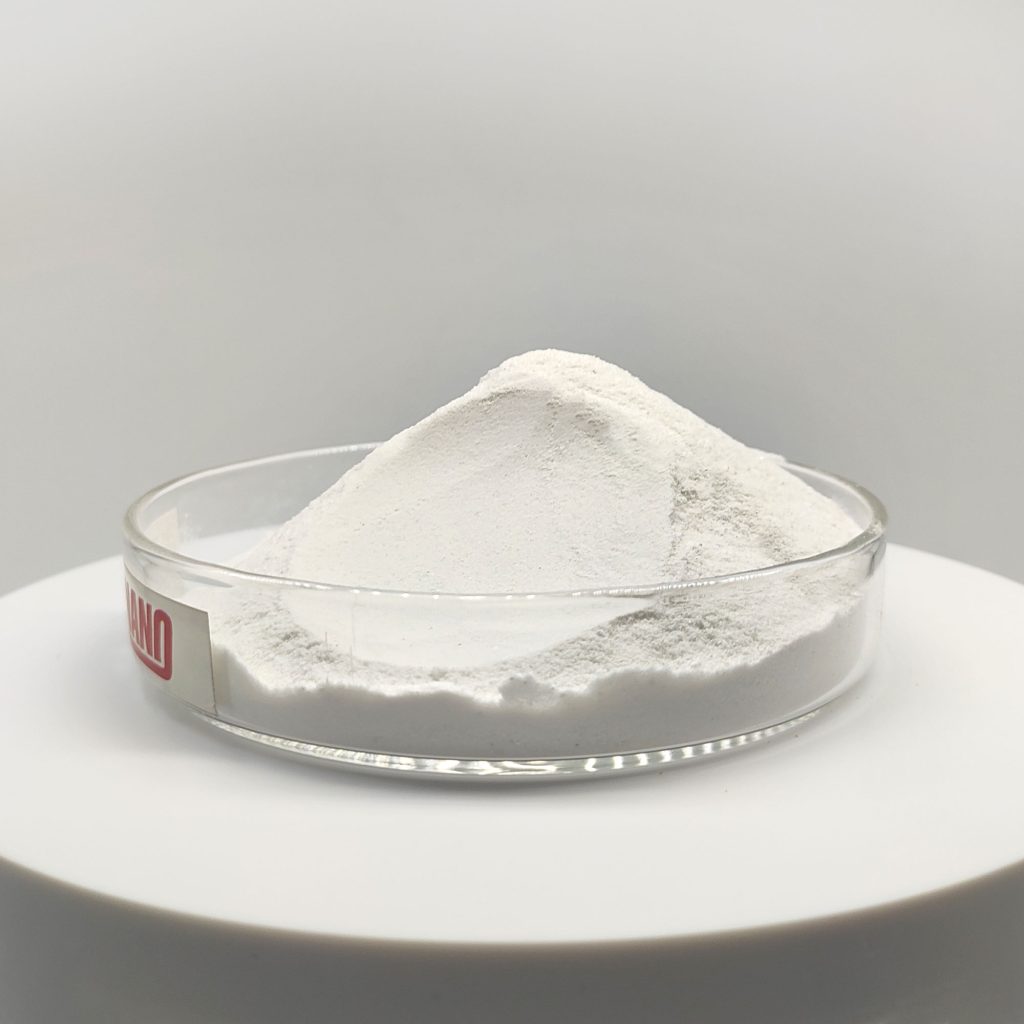
Product Speclficatlons of Hydroxyethyl Methyl Cellulose
| Name | Hydroxyethyl Methyl Cellulose |
| Viscosity (Mpa.s) | 40,000 to 200,000 it can be customized |
| Ash.% | ≤5% |
| Content of methoxyl (%) | 24.0 – 33.0 |
| Content of hydroxy propyl (%) | 4.0 – 12.0 |
| Temperature of gelation | 50-68℃ |
| Moisture | ≦5% |
| Application | Wall Putty Powder,Tile Adhesive,Cement/Gypsum Based Products , etc. |
| Function | Water Retention, High Adhesive,Anti-slip,Excellent Workability |
The effect of hydroxyethyl methyl cellulose on the rheological properties of cement mortar:
1. Yield stress and plastic viscosity: the greater the viscosity of hydroxyethyl methyl cellulose, the more pronounced the delaying effect on the development of mortar yield stress and plastic viscosity. When the dosage is greater than 0.3%, both mortar yield stress and plastic viscosity increase with the increase of its dosage.
2. Time change: with the prolongation of time, the mortar yield stress will decrease, while the plastic viscosity increases with the increase of time.
The optimum dosage of hydroxyethyl methyl cellulose in cement mortar:
Studies have shown that the appropriate dosage of hydroxyethyl methyl cellulose in the finishing mortar of a ternary system of alumina cement-silicate cement-gypsum is 0.3% to 0.4%, which can enhance the whiteness resistance and stain resistance of the mortar, reduce the amount of water absorption, and improve the tensile bond strength, but it will reduce the flexural strength and compressive strength.
Packaging and storage of methyl hydroxyethyl cellulose
Methyl hydroxyethyl cellulose is packed in film coated plastic bags with net weight of 25 kg.
Avoid rain during storage and transportation.
Fireproof and moisture proof.

Company Profile
Cabr-Concrete is the global leader in Low-Density Cellular Concrete (LDCC), Celluar Light Concrete (CLC), and advanced engineered foam solutions. Known globally for its commitment to research, innovation, and applied expertise, we have been providing engineered foam solutions since the early 2012’s.
We can supply methyl hydroxyethyl cellulose over the world. The company has a professional technical department and quality supervision department, a well-equipped laboratory, and equipped with advanced testing equipment and after-sales customer service center.Send us an email or click on the needed products to send an inquiry.
If you want to know more about methyl hydroxyethyl cellulose please feel free and contact us: sales@cabr-concrete.com

Payment
T/T, Western Union, Paypal, Credit Card etc.
Shipment
By air, by sea, by express, as customers request.
FAQs of Methyl Hydroxyethyl Cellulose
What are the uses of methyl hydroxyethyl cellulose?
The most prominent uses of methyl hydroxyethyl cellulose include its use in the production of adhesives, cosmetics, paper and textiles, pharmaceuticals, paints, and a host of other industrial applications.
Is hydroxyethyl cellulose harmful?
It is considered non-toxic! Small amounts of hydroxyethyl cellulose are well tolerated when used as a food additive, but excess or overuse may cause irritation and/or harmful effects.! polysaccharides are not absorbed in large quantities by the gastrointestinal tract, but may produce a laxative effect.
What is another name for hydroxyethyl cellulose?
Hydroxyethyl cellulose is a non-ionic, partially substituted polyhydroxyethyl cellulose ether under the trade names Natrosol™(Ashland) or Cellosize (Dow).


